Stroke Education
WHAT IS A STROKE?
Stroke is the 5th leading cause of death and a leading cause of disability in the United States. A stroke occurs when the blood carrying oxygen and nutrients to the brain is interrupted, causing brain cells to die. Blood supply can be interrupted by a blood clot blocking an artery, which is called an ischemic stroke, or by bursting of a blood vessel, called a hemorrhagic stroke. Since different parts of the brain are responsible for different functions (thinking, speaking, seeing, moving, and feeling) the signs that someone is having a stroke depends on which blood vessel is blocked or bleeding.
A transient ischemic attack (TIA) is caused by a brief pause in blood flow to part of the brain — the result of a temporary or partial blockage. The symptoms of a TIA resemble those of a stroke but, they do not last as long. Most symptoms disappear within an hour, although some may persist for up to 24 hours. Usually, no permanent brain damage occurs as a result of a TIA. According to the National Stroke Association, approximately 5 million Americans have experienced at least one TIA. There is no way to differentiate the temporary symptoms of a TIA from those of an acute stroke. While they are not true strokes because the symptoms are temporary, TIAs are usually a warning sign of a stroke to come. All patients need medical evaluation urgently.
SIGNS OF A STROKE
- Sudden numbness or weakness in the face, arm, or leg, especially on one side of the body
- Sudden confusion, trouble speaking, or difficulty understanding speech
- Sudden trouble seeing in one or both eyes
- Sudden trouble walking, dizziness, loss of balance, or lack of coordination
- Sudden severe headache with no known cause
WHAT TO DO IF YOU OR SOMEONE YOU KNOW IS SHOWING SIGNS OF A STROKE
Act fast! CALL 9-1-1. Ambulance personnel are trained to recognize the early signs of a stroke and can take someone showing signs to a stroke center for the most advanced treatment available. If a stroke is caught quickly enough, there are treatments that can reverse a stroke or minimize its effects. The Comprehensive Stroke Center at University Hospital has the expertise to treat stroke rapidly and effectively.
RISK FACTORS FOR STROKE
Some risk factors are not in your control. While stroke risk is higher with older age, a stroke can happen to anyone. About 1/3 of strokes occur in people younger than 65. Risk of stroke in African American people is twice that of Caucasians, and the risk of death from stroke is highest in African American people. Having a family history of stroke can raise a person’s risk as well.
The leading health conditions that raise the risk of stroke are:
- high blood pressure
- diabetes
- high cholesterol
- heart disease – including heart attacks, heart failure, irregular heart rhythm
- sickle cell disease
- obesity
- previous stroke
Risk of stroke is also higher with:
- smoking
- substance and alcohol abuse
- sedentary lifestyle
- high fat, high cholesterol, high salt diet
WHAT YOU CAN DO TO LOWER YOUR RISK OF STROKE
Visit your doctor to be sure that any of the conditions that increase risk are being treated. It is very important to take the medicines you are prescribed.
You can choose a healthy lifestyle:
- Eat foods low in saturated and trans fats, cholesterol, and salt
- Eat plenty of fresh fruits and vegetables
- Eat less red meat, and increase eating fish and chicken
- Adults should get at least 2 ½ hours a week of aerobic activity, such as with brisk walking. Children and teenagers should get at least an hour of physical activity every day
- Maintain a healthy weight – talk to your doctor
- Limit alcohol – men should have no more than two drinks per day, and women one drink per day
- Stop smoking – talk to your doctor
